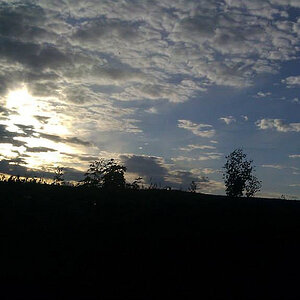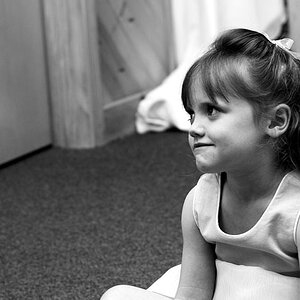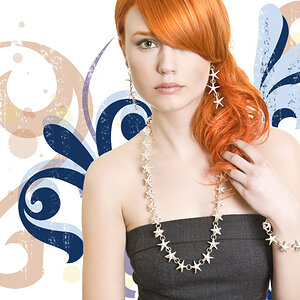Village Idiot
No longer a newbie, moving up!
- Joined
- Mar 20, 2008
- Messages
- 7,269
- Reaction score
- 406
- Location
- Shepherdsturd, WV / Almost, MD
- Can others edit my Photos
- Photos NOT OK to edit
Does anyone have any examples with the use of gels? Village i know you said you use them.
I've got a few where I use gels for effect. The problem with using gels in a normal environment is that unless there's gel and no gel pictures to compare, you really can't tell. That's the point though. If you're shooting inside with your flash and still aiming to get some ambient and the interior lights are standard light bulbs, you're going to have a good WB for whatever the flash hits and orange for whatever you're ambient is exposing. If you set your WB to tungsten to compensate for the interior lights, your flash will be blue and everything else will be normal. That's when you would put a CTO (Color Temperature Orange) gel on the flash so it changes the color temp to match the interior lights. With your WB set to tungsten, everything would appear as normal as you're chaning the flash to match the interior lights.
Below is a four light setup. Two about 45 degrees to the rear with shoot through umbrellas on either side of the model, one with a beauty dish above the model and infront of, one behind for back light.
All the flashes had no gels. We weren't exposing for ambient at all in these photos.
Click on any to go to the flickr page with a larger photo.
No gel on the back light WB set to 5600k:
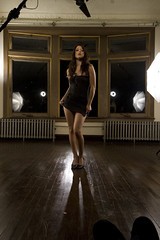
I wanted to warm up the back light as it was really white, so I put the CTO gel on it. See the difference?
CTO gel on the back light WB set to 5600k:

This was a three light setup. Two to the sides of the bike and slightly infront with shoot through umbrellas and one low backlight. The sides were gelled with CTO orange as I wanted to start out with a blue back light. If you look at the first picture, you can see if matches the example of setting your WB to match the interior lights (sides, CTO gelled) but having and un-gelled flash which turns out blue.
CTO gels on the side lights none on the back. WB set to tungsten:

New effect, new gel. Bright red.
CTO gels on the side lights red gel on the back. WB set to tungsten:

Any guess as to what happened here? It even surprised me at first.
CTO gels on the side melted red gel on the back. WB set to tungsten:

In the last photo, the 580EX II I was using on full power to blow out the backlight and give it an huge powerful light ended up melting a hole in the gel. The blue of the flash coming through the hole mixed with the melting red to produce this cool purple color. Don't try this at home. :mrgreen:


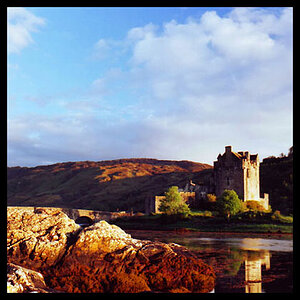

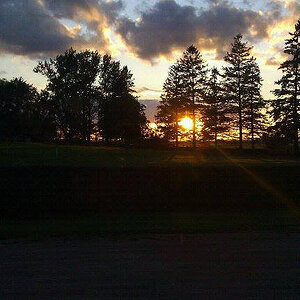
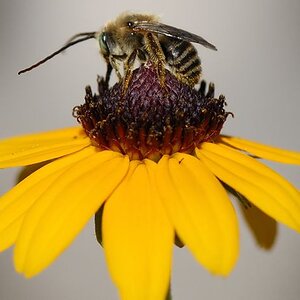

![[No title]](/data/xfmg/thumbnail/38/38739-1ad36a46750bafbe805f009b4453e8be.jpg?1619738703)

![[No title]](/data/xfmg/thumbnail/40/40285-2ce5915035c220ccb3485030863b62d0.jpg?1619739408)
![[No title]](/data/xfmg/thumbnail/38/38740-d1a7721cf77e9309a9b4a4829c65fdd4.jpg?1619738704)
